First Drive: The Ford Puma Gen-E is an affordable electric crossover
One of Britain’s best-selling cars can now be ordered with electric power, but does that boost its appeal even further? Cameron Richards reports.

What is it?
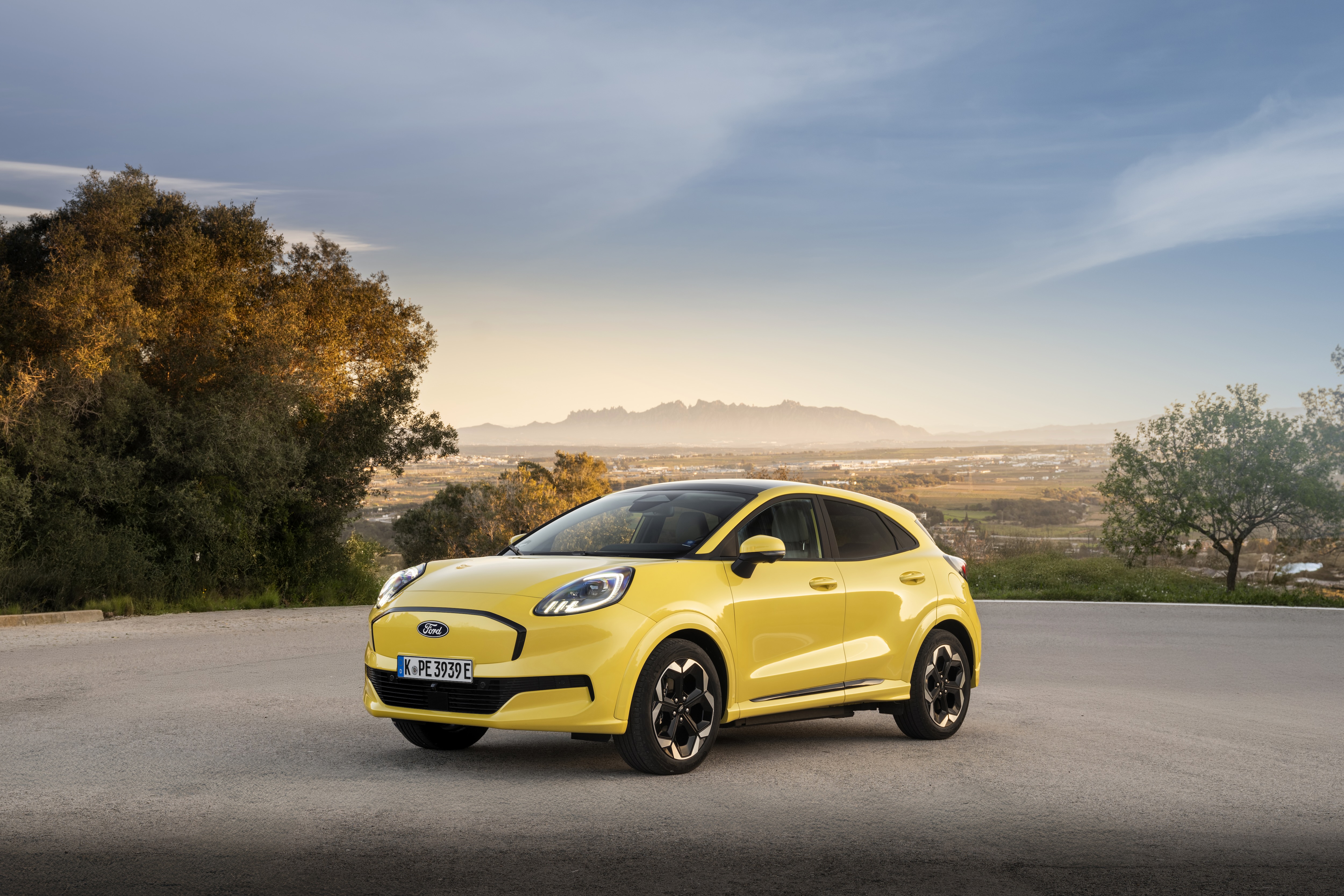
Ford is a brand that is undergoing some of the biggest changes in its history.
In 2023, the firm axed one of Britain’s favourite cars, the Fiesta, and instead moved its attention towards focusing on an electrified SUV future.
However, the smallest car in its model lineup, the Puma, shares its underpinnings with the Fiesta and is still a strong sales hit here in the UK, being the country’s best-selling car last month.
So, to boost its appeal even further, the Blue Oval has fitted an electric drivetrain to its beloved SUV – introducing the Puma Gen-E.
What’s new?

All of the changes lie under the bonnet, with the car now powered by electricity.
There have been some subtle styling tweaks to differentiate it from its piston-powered sibling and there are a few new exterior paint schemes.
Also, the car comes with lots of interior storage features, including Ford’s ‘Gigabox’ – a large storage box underneath the boot floor – while still retaining the updated infotainment system as in the standard model. There’s a redesigned centre console, too.
What’s under the bonnet?
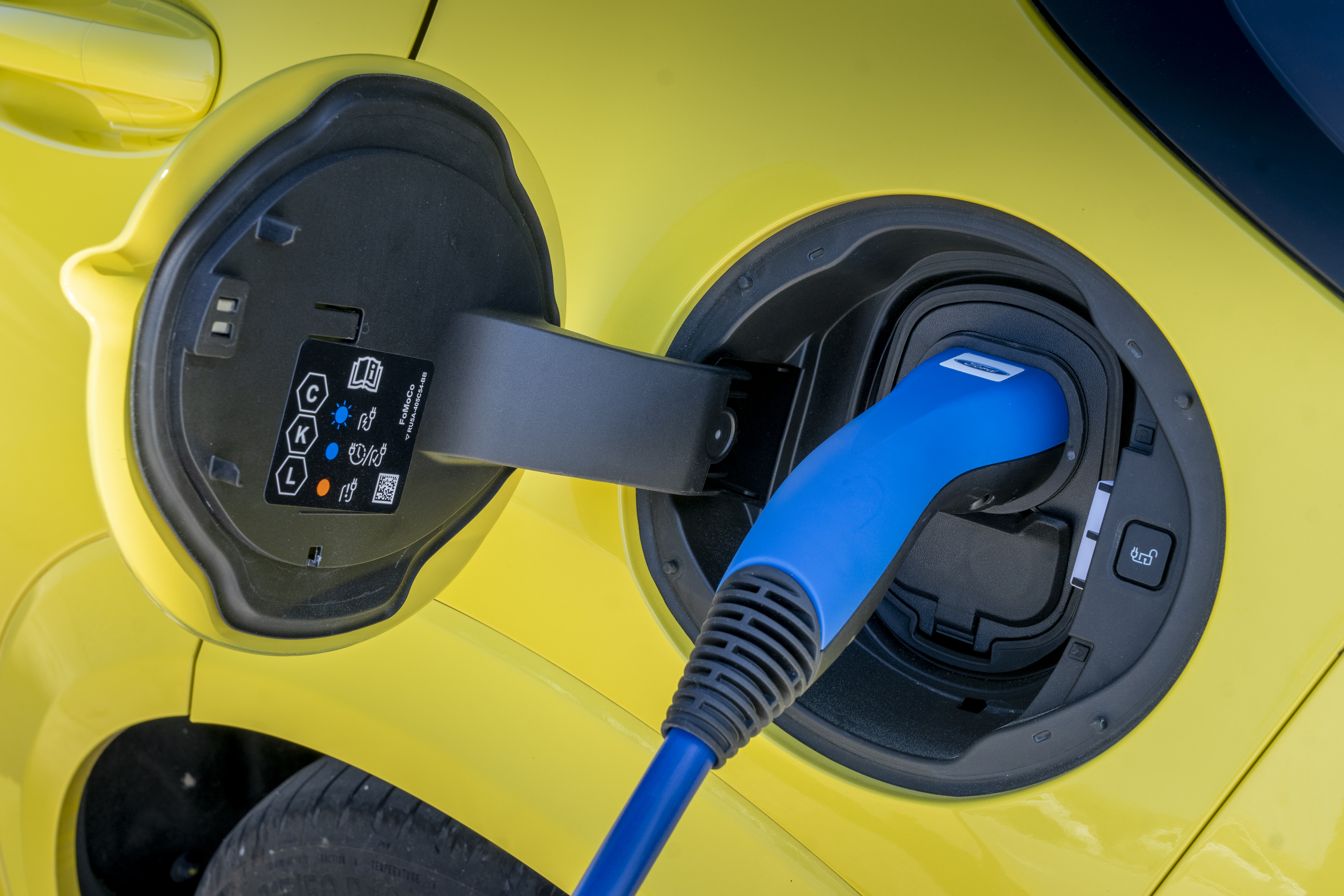
There is just one option available, and that’s a 43kWh battery pack with a single electric motor.
In terms of performance, it produces a total of 165bhp and 290Nm of torque, while 0-60mph is dispatched in eight seconds and the car will run out of steam at 99mph.
Ford claims that the Gen-E can travel up to 233 miles on a single charge and that 100kW DC rapid charging will get this battery-powered Puma from 10 to 80 per cent in 23 minutes.
What’s it like to drive?
Just because the Puma Gen-E is electric doesn’t mean the character from the original car has been lost.
Around town, the one-pedal drive mode makes driving effortless around narrow city streets, and the car’s compact dimensions make it easy to manoeuvre.
On the motorway, it’s smooth, quiet and refined with very limited wind and road noise entering the cabin.
On a twisty road, the steering is neat and precise, and the car grips well with very little body roll – despite its heavier kerbweight of 192kg over the standard car.
However, it doesn’t quite match up to the Alfa Romeo Junior when it comes to driver engagement, and the steering wheel is unnecessarily large to hold. But, overall, the Puma Gen-E is engaging and capable in town and on the open road.
How does it look?
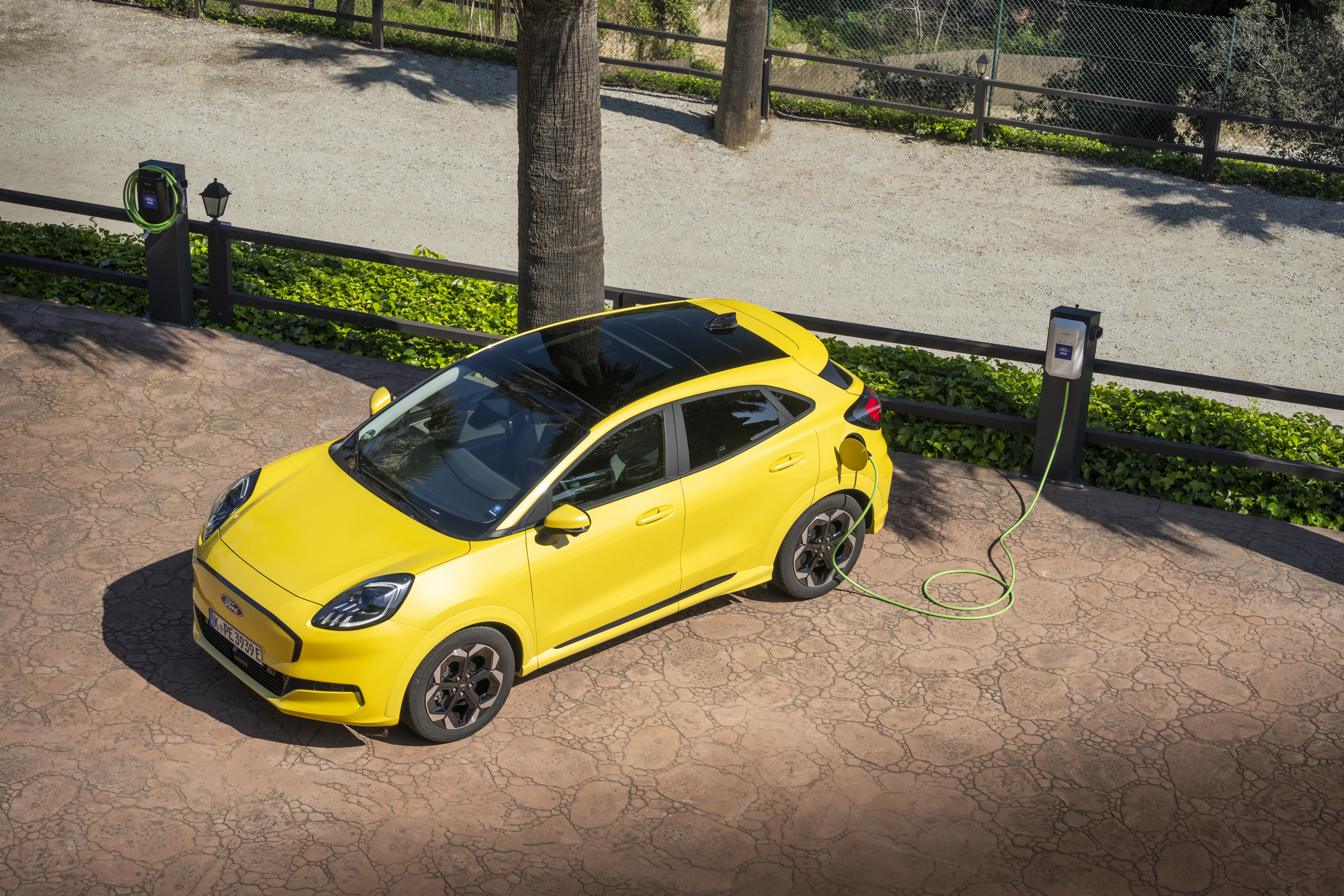
At first glance, the electric Puma looks almost identical to the conventional model.
The front end still retains the oval-shaped front headlight design and the side profile features colour-coded wheel arch extensions for a more premium finish. Meanwhile, the back end still has a squatted stance, giving a sportier appearance.
The only specific changes made to this Gen-E include a smoothed-off front grille, tiger claw-style LED daytime running lights and white ‘Puma’ model-specific lettering on the boot lid.
Our test car is finished off in Electric Yellow paint, making the car a real head turner out on the road.
The Puma is a very attractive-looking small crossover that has aged very well, and this electric variant has made the design even more modern.
What’s it like inside?
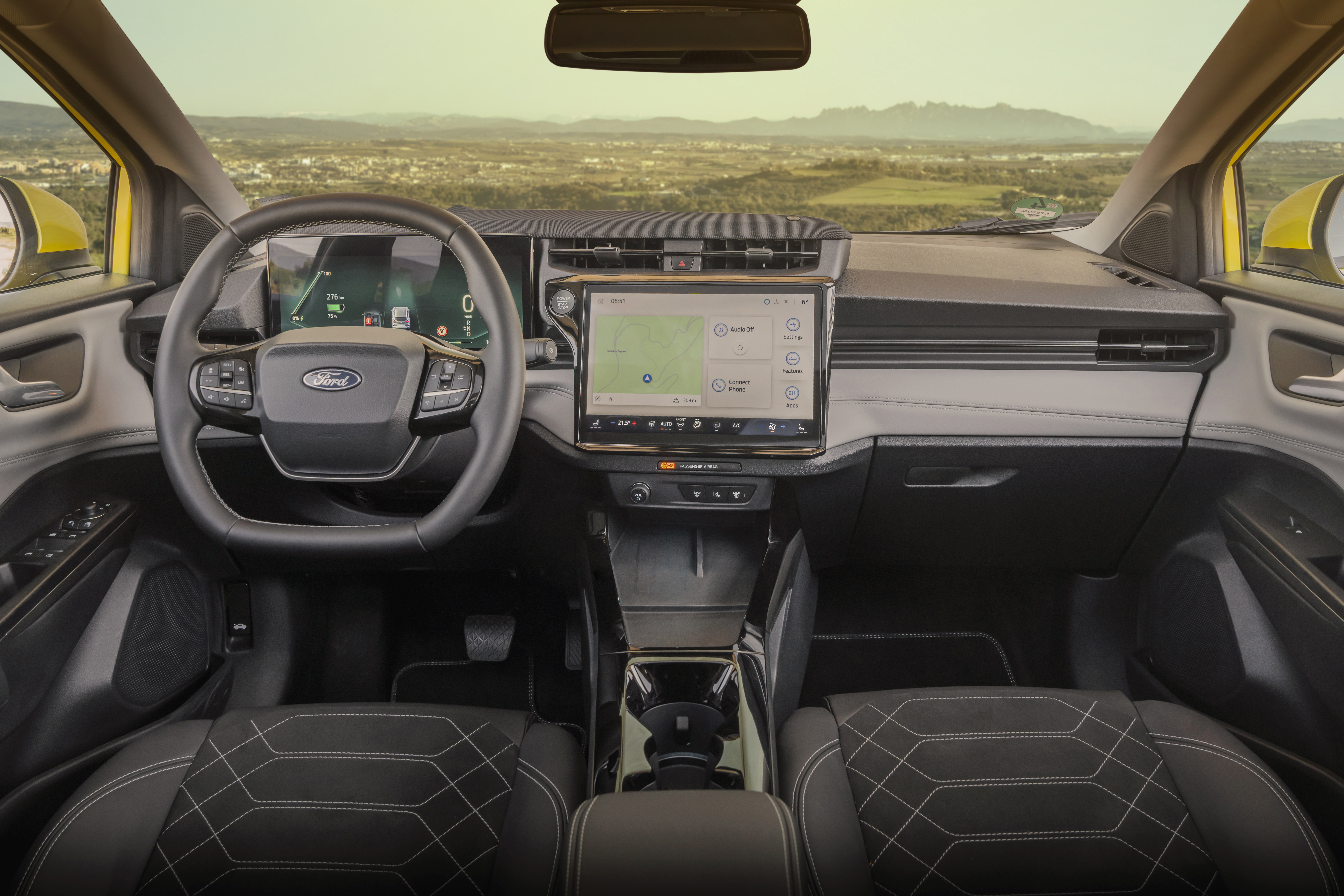
The interior is identical to the standard car with a few subtle differences.
You still get the large square steering wheel and 12-inch infotainment screen as standard, which is slick and easy to use.
But it’s the use of storage where the Gen-E shines. Up front, there is a large glove box and decent-sized front door bins, while the updated centre console features a large lower cut-out – perfect for storing a handbag.
However, the plastics used throughout the cabin feel cheap and hard to the touch, making it not as plush inside as some of its rivals.
In the back, the higher floor means that rear passengers will find it harder to get comfortable, plus our test car comes fitted with the optional glass sunroof, which eats into rear headroom, too.
The Gen-E’s boot space is class-leading, and that’s thanks to the new ‘Gigabox’ which is a large rubberised storage bin located under the false floor in the boot. It increases overall space to 574 litres, compared to the standard car’s 456 litres.
Additionally, there is an extra 43 litres of storage located under the frunk, which is big enough to store the charging cable.
What’s the spec like?
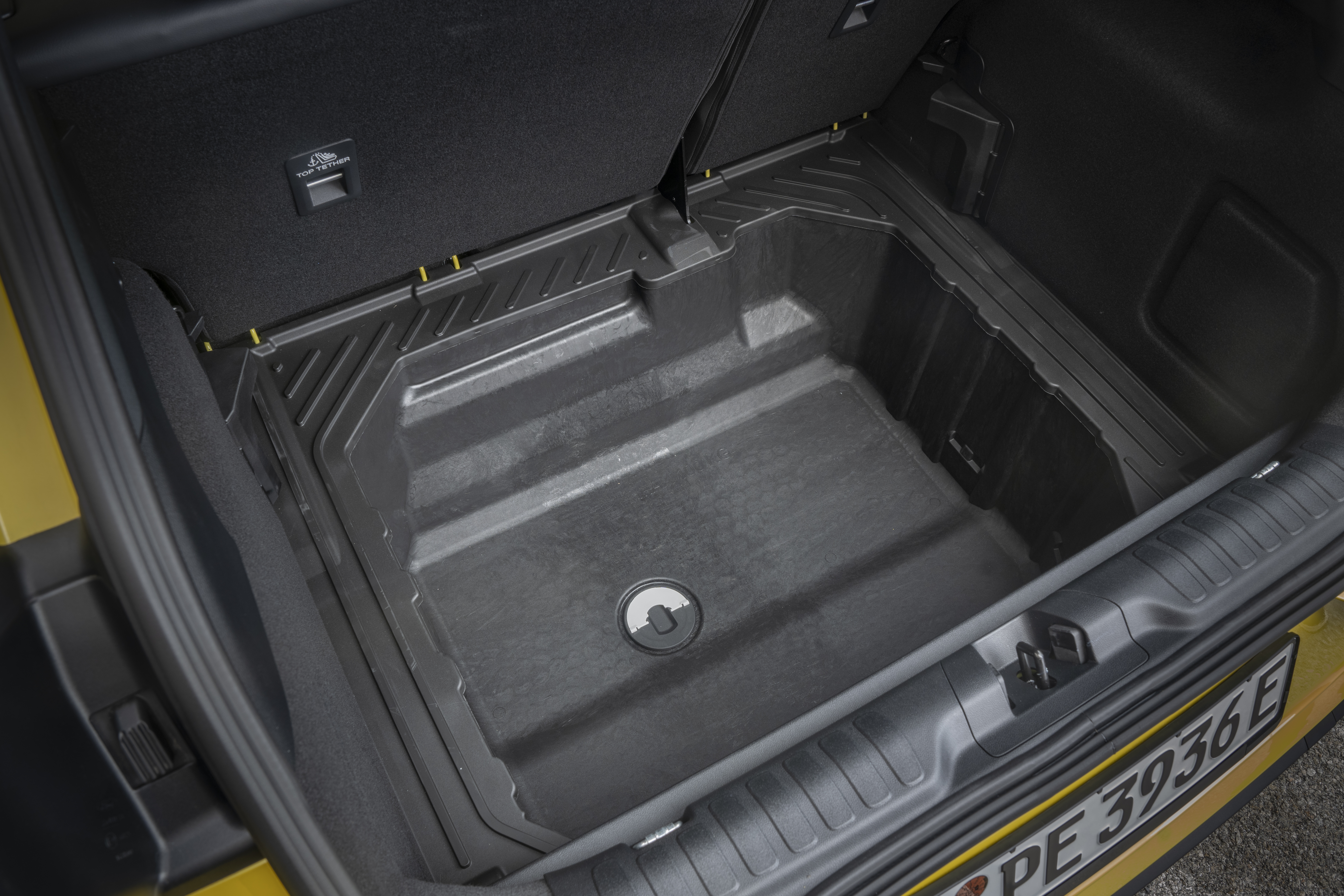
Ford offers the car in just two trim levels, making it simple for the customer, with Select and Premium.
The entry-level car is priced from £29,995, making it one of the most affordable electric SUVs on the market. Standard equipment includes a 12.8-inch digital driver’s display, a 12-inch central touchscreen, sport front seats, wireless Apple CarPlay and Android Auto and a wireless phone charger.
We’re driving the top-of-the-line Premium, which bumps the price tag up to £31,995 and boasts extras such as a Bang and Olufsen 10-speaker premium audio system with a built-in soundbar, keyless entry and a powered tailgate.
Our test car comes with a few extras, such as a glass panoramic sunroof and the Comfort Pack, which adds power folding door mirrors.
Verdict
Ford should be onto a winner with the Puma Gen-E. Taking one of Britain’s best-selling cars and electrifying it with a price tag below £30,000 could be a recipe for success.
It’s good to drive, has bundles of interior storage, gains a class-leading boot capacity with its clever ‘Gigabox’ and retains the same attractive design as the combustion variant.
Its electric range could be better, and rear occupant space is a compromise, but if you take into account the Gen-E’s excellent value for money, this could be the car that secures Ford’s ambition to succeed in its electrified future.





